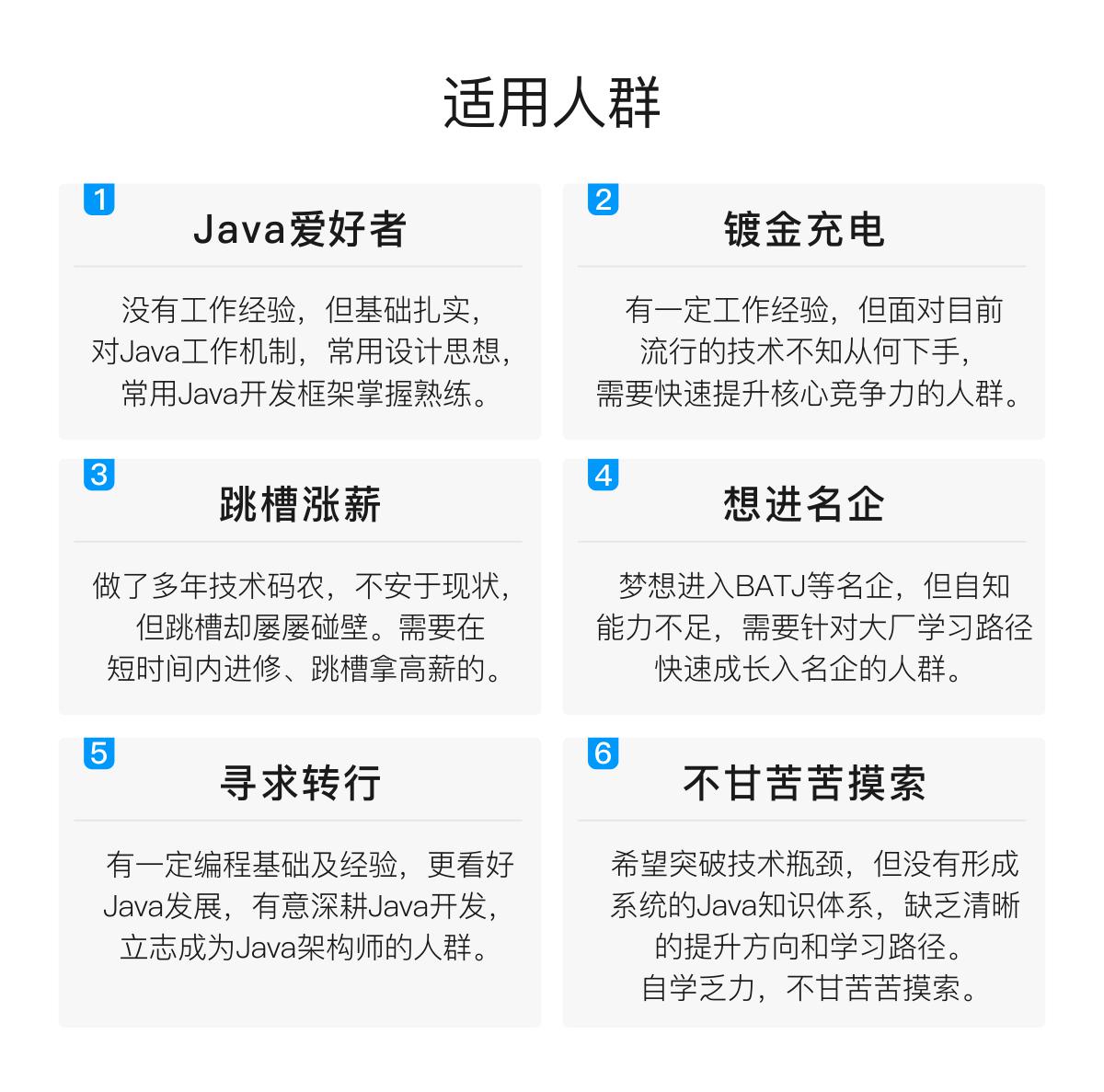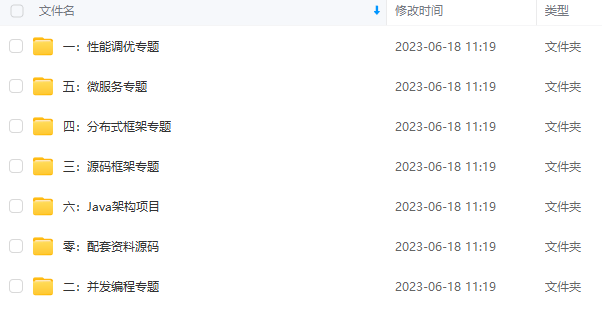GLfloat
norm_x = 0.0,
norm_y = 0.0,
offset_x = 0.0,
offset_y = 0.0,
p1_pos_x = 0.0,
p1_pos_y = 0.0;
GLint phase_loc, offset_loc, position_loc;
bool update_pos = false;
const float vertexArray[] = {
0.0, 0.5, 0.0,
-0.5, 0.0, 0.0,
0.0, -0.5, 0.0,
0.5, 0.0, 0.0,
0.0, 0.5, 0.0
};
void render(){
static float phase = 0;
static int donesetup = 0;
static XWindowAttributes gwa;
draw
if ( !donesetup ) {
XWindowAttributes gwa;
XGetWindowAttributes ( x_display , win , &gwa );
glViewport ( 0 , 0 , gwa.width , gwa.height );
glClearColor ( 0.08 , 0.06 , 0.07 , 1.); // background color
donesetup = 1;
}
glClear ( GL_COLOR_BUFFER_BIT );
glUniform1f ( phase_loc , phase ); // write the value of phase to the shaders phase
phase = fmodf ( phase + 0.5f , 2.f * 3.141f ); // and update the local variable
if ( update_pos ) { // if the position of the texture has changed due to user action
GLfloat old_offset_x = offset_x;
GLfloat old_offset_y = offset_y;
offset_x = norm_x - p1_pos_x;
offset_y = norm_y - p1_pos_y;
p1_pos_x = norm_x;
p1_pos_y = norm_y;
offset_x += old_offset_x;
offset_y += old_offset_y;
update_pos = false;
}
glUniform4f ( offset_loc , offset_x , offset_y , 0.0 , 0.0 );
glVertexAttribPointer ( position_loc, 3, GL_FLOAT, false, 0, vertexArray );
glEnableVertexAttribArray ( position_loc );
glDrawArrays ( GL_TRIANGLE_STRIP, 0, 5 );
eglSwapBuffers ( egl_display, egl_surface ); // get the rendered buffer to the screen
}
int main(){
/// the X11 part //
// in the first part the program opens a connection to the X11 window manager
//
x_display = XOpenDisplay ( NULL ); // open the standard display (the primary screen)
if ( x_display == NULL ) {
cerr << “cannot connect to X server” << endl;
return 1;
}
Window root = DefaultRootWindow( x_display ); // get the root window (usually the whole screen)
XSetWindowAttributes swa;
swa.event_mask = ExposureMask | PointerMotionMask | KeyPressMask;
win = XCreateWindow ( // create a window with the provided parameters
x_display, root,
0, 0, 800, 480, 0,
CopyFromParent, InputOutput,
CopyFromParent, CWEventMask,
&swa );
XSetWindowAttributes xattr;
Atom atom;
int one = 1;
xattr.override_redirect = False;
XChangeWindowAttributes ( x_display, win, CWOverrideRedirect, &xattr );
atom = XInternAtom ( x_display, “_NET_WM_STATE_FULLSCREEN”, True );
XChangeProperty (
x_display, win,
XInternAtom ( x_display, “_NET_WM_STATE”, True ),
XA_ATOM, 32, PropModeReplace,
(unsigned char*) &atom, 1 );
XChangeProperty (
x_display, win,
XInternAtom ( x_display, “_HILDON_NON_COMPOSITED_WINDOW”, False ),
XA_INTEGER, 32, PropModeReplace,
(unsigned char*) &one, 1);
XWMHints hints;
hints.input = True;
hints.flags = InputHint;
XSetWMHints(x_display, win, &hints);
XMapWindow ( x_display , win ); // make the window visible on the screen
XStoreName ( x_display , win , “GL test” ); // give the window a name
get identifiers for the provided atom name strings
Atom wm_state = XInternAtom ( x_display, “_NET_WM_STATE”, False );
Atom fullscreen = XInternAtom ( x_display, “_NET_WM_STATE_FULLSCREEN”, False );
XEvent xev;
memset ( &xev, 0, sizeof(xev) );
xev.type = ClientMessage;
xev.xclient.window = win;
xev.xclient.message_type = wm_state;
xev.xclient.format = 32;
xev.xclient.data.l[0] = 1;
xev.xclient.data.l[1] = fullscreen;
XSendEvent ( // send an event mask to the X-server
x_display,
DefaultRootWindow ( x_display ),
False,
SubstructureNotifyMask,
&xev );
/// the egl part //
// egl provides an interface to connect the graphics related functionality of openGL ES
// with the windowing interface and functionality of the native operation system (X11
// in our case.
egl_display = eglGetDisplay( (EGLNativeDisplayType) x_display );
if ( egl_display == EGL_NO_DISPLAY ) {
cerr << “Got no EGL display.” << endl;
return 1;
}
if ( !eglInitialize( egl_display, NULL, NULL ) ) {
cerr << “Unable to initialize EGL” << endl;
return 1;
}
EGLint attr[] = { // some attributes to set up our egl-interface
EGL_BUFFER_SIZE, 16,
EGL_RENDERABLE_TYPE,
EGL_OPENGL_ES2_BIT,
EGL_NONE
};
EGLConfig ecfg;
EGLint num_config;
if ( !eglChooseConfig( egl_display, attr, &ecfg, 1, &num_config ) ) {
cerr << "Failed to choose config (eglError: " << eglGetError() << “)” << endl;
return 1;
}
if ( num_config != 1 ) {
cerr << "Didn’t get exactly one config, but " << num_config << endl;
return 1;
}
egl_surface = eglCreateWindowSurface ( egl_display, ecfg, win, NULL );
if ( egl_surface == EGL_NO_SURFACE ) {
cerr << "Unable to create EGL surface (eglError: " << eglGetError() << “)” << endl;
return 1;
}
egl-contexts collect all state descriptions needed required for operation
EGLint ctxattr[] = {
EGL_CONTEXT_CLIENT_VERSION, 2,
EGL_NONE
};
egl_context = eglCreateContext ( egl_display, ecfg, EGL_NO_CONTEXT, ctxattr );
if ( egl_context == EGL_NO_CONTEXT ) {
cerr << "Unable to create EGL context (eglError: " << eglGetError() << “)” << endl;
return 1;
}
associate the egl-context with the egl-surface
eglMakeCurrent( egl_display, egl_surface, egl_surface, egl_context );
/// the openGL part ///
GLuint vertexShader = load_shader ( vertex_src , GL_VERTEX_SHADER ); // load vertex shader
GLuint fragmentShader = load_shader ( fragment_src , GL_FRAGMENT_SHADER ); // load fragment shader
GLuint shaderProgram = glCreateProgram (); // create program object
glAttachShader ( shaderProgram, vertexShader ); // and attach both…
glAttachShader ( shaderProgram, fragmentShader ); // … shaders to it
glLinkProgram ( shaderProgram ); // link the program
glUseProgram ( shaderProgram ); // and select it for usage
now get the locations (kind of handle) of the shaders variables
position_loc = glGetAttribLocation ( shaderProgram , “position” );
phase_loc = glGetUniformLocation ( shaderProgram , “phase” );
offset_loc = glGetUniformLocation ( shaderProgram , “offset” );
if ( position_loc < 0 || phase_loc < 0 || offset_loc < 0 ) {
cerr << “Unable to get uniform location” << endl;
return 1;
}
const float
window_width = 800.0,
window_height = 480.0;
this is needed for time measuring --> frames per second
struct timezone tz;
timeval t1, t2;
gettimeofday ( &t1 , &tz );
int num_frames = 0;
bool quit = false;
while ( !quit ) { // the main loop
while ( XPending ( x_display ) ) { // check for events from the x-server
XEvent xev;
XNextEvent( x_display, &xev );
if ( xev.type == MotionNotify ) { // if mouse has moved
// cout << "move to: << xev.xmotion.x << “,” << xev.xmotion.y << endl;
GLfloat window_y = (window_height - xev.xmotion.y) - window_height / 2.0;
norm_y = window_y / (window_height / 2.0);
GLfloat window_x = xev.xmotion.x - window_width / 2.0;
norm_x = window_x / (window_width / 2.0);
update_pos = true;
自我介绍一下,小编13年上海交大毕业,曾经在小公司待过,也去过华为、OPPO等大厂,18年进入阿里一直到现在。
深知大多数Java工程师,想要提升技能,往往是自己摸索成长或者是报班学习,但对于培训机构动则几千的学费,着实压力不小。自己不成体系的自学效果低效又漫长,而且极易碰到天花板技术停滞不前!
因此收集整理了一份《2024年Java开发全套学习资料》,初衷也很简单,就是希望能够帮助到想自学提升又不知道该从何学起的朋友,同时减轻大家的负担。


既有适合小白学习的零基础资料,也有适合3年以上经验的小伙伴深入学习提升的进阶课程,基本涵盖了95%以上Java开发知识点,真正体系化!
由于文件比较大,这里只是将部分目录截图出来,每个节点里面都包含大厂面经、学习笔记、源码讲义、实战项目、讲解视频,并且会持续更新!
如果你觉得这些内容对你有帮助,可以扫码获取!!(备注Java获取)

最后
码字不易,觉得有帮助的可以帮忙点个赞,让更多有需要的人看到
又是一年求职季,在这里,我为各位准备了一套Java程序员精选高频面试笔试真题,来帮助大家攻下BAT的offer,题目范围从初级的Java基础到高级的分布式架构等等一系列的面试题和答案,用于给大家作为参考
以下是部分内容截图

《互联网大厂面试真题解析、进阶开发核心学习笔记、全套讲解视频、实战项目源码讲义》点击传送门即可获取!
nimg.cn/images/e5c14a7895254671a72faed303032d36.jpg" alt=“img” style=“zoom: 33%;” />
最后
码字不易,觉得有帮助的可以帮忙点个赞,让更多有需要的人看到
又是一年求职季,在这里,我为各位准备了一套Java程序员精选高频面试笔试真题,来帮助大家攻下BAT的offer,题目范围从初级的Java基础到高级的分布式架构等等一系列的面试题和答案,用于给大家作为参考
以下是部分内容截图
[外链图片转存中…(img-hdD5sIFt-1713218737256)]
《互联网大厂面试真题解析、进阶开发核心学习笔记、全套讲解视频、实战项目源码讲义》点击传送门即可获取!






















 1829
1829

 被折叠的 条评论
为什么被折叠?
被折叠的 条评论
为什么被折叠?








